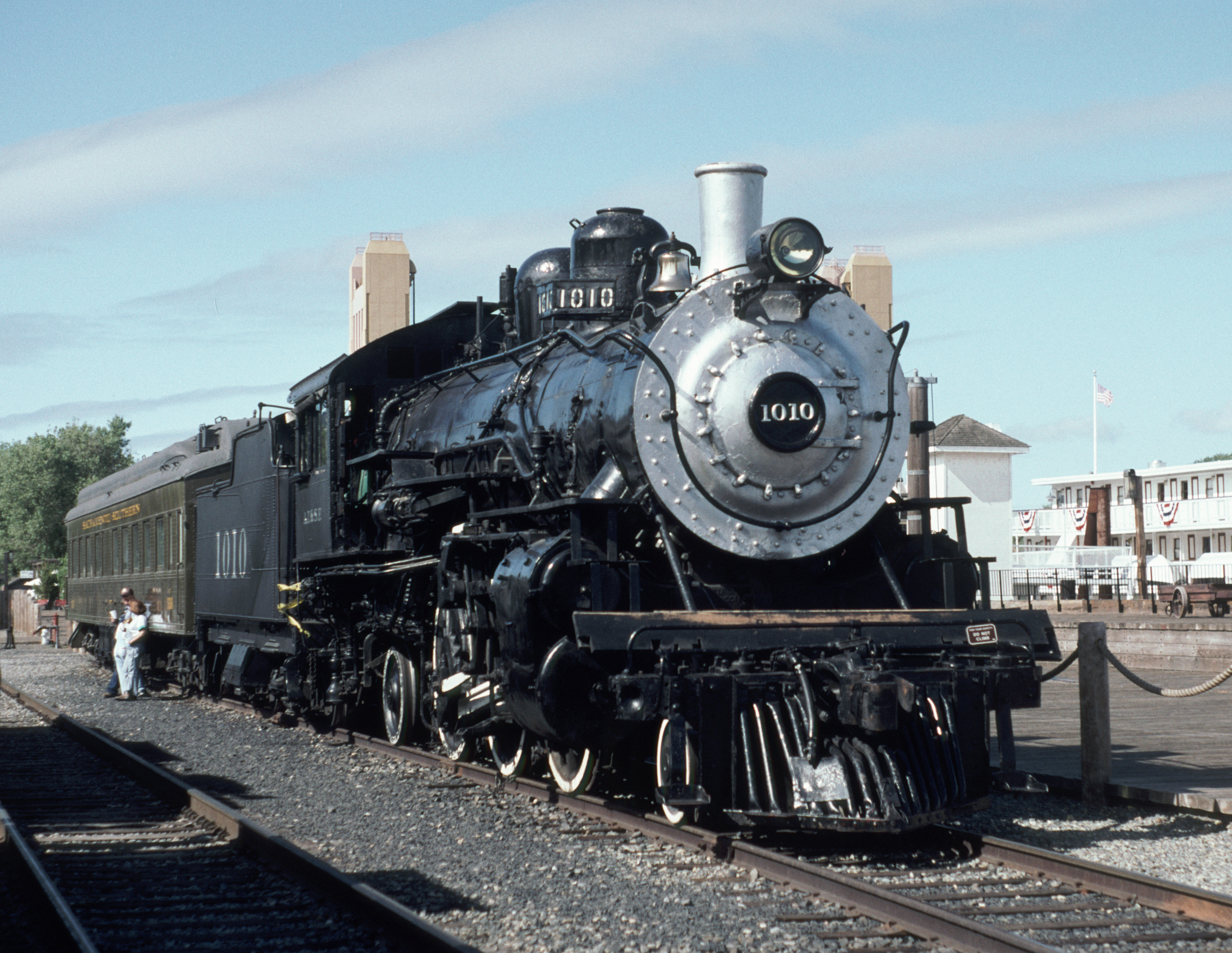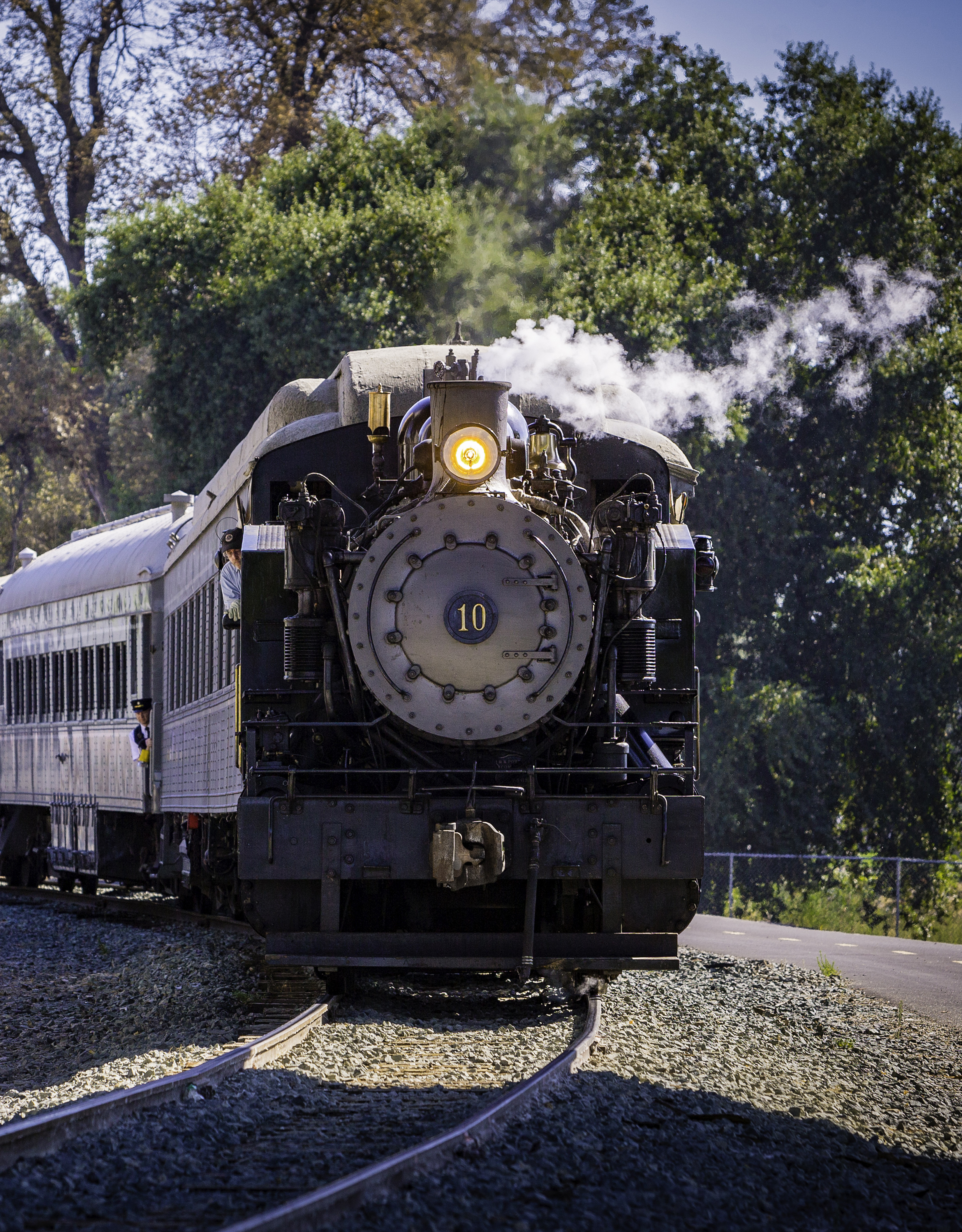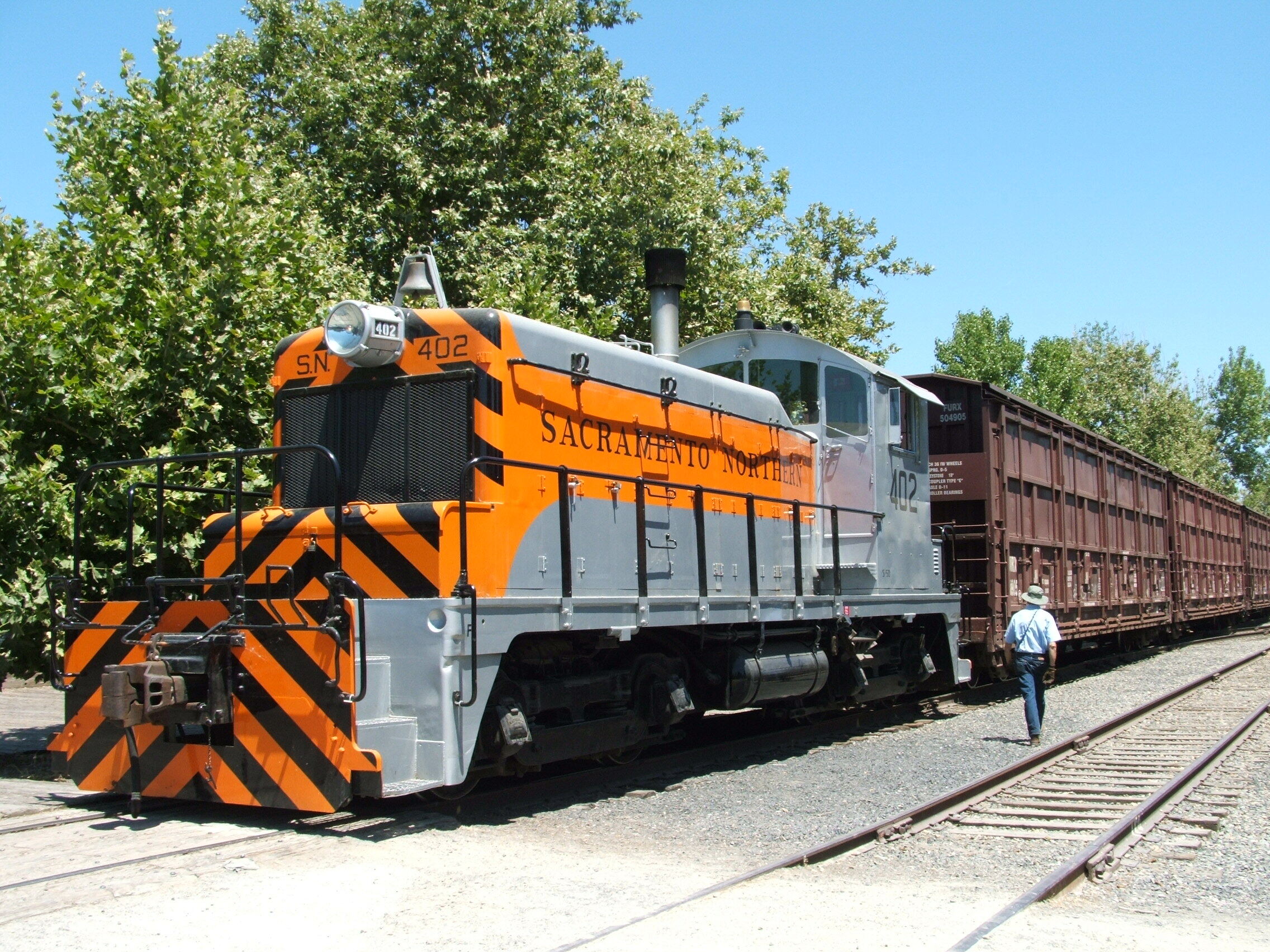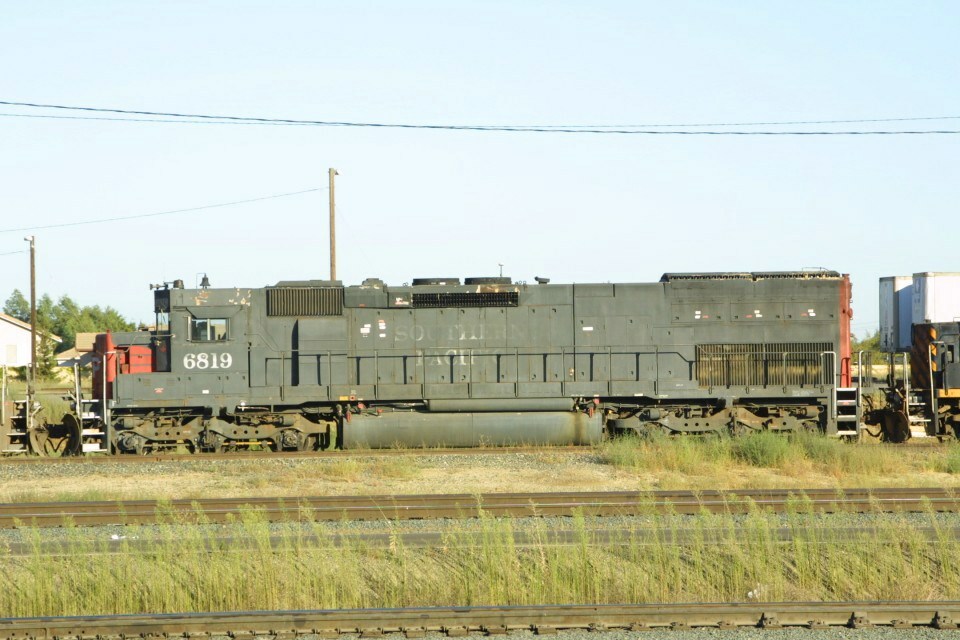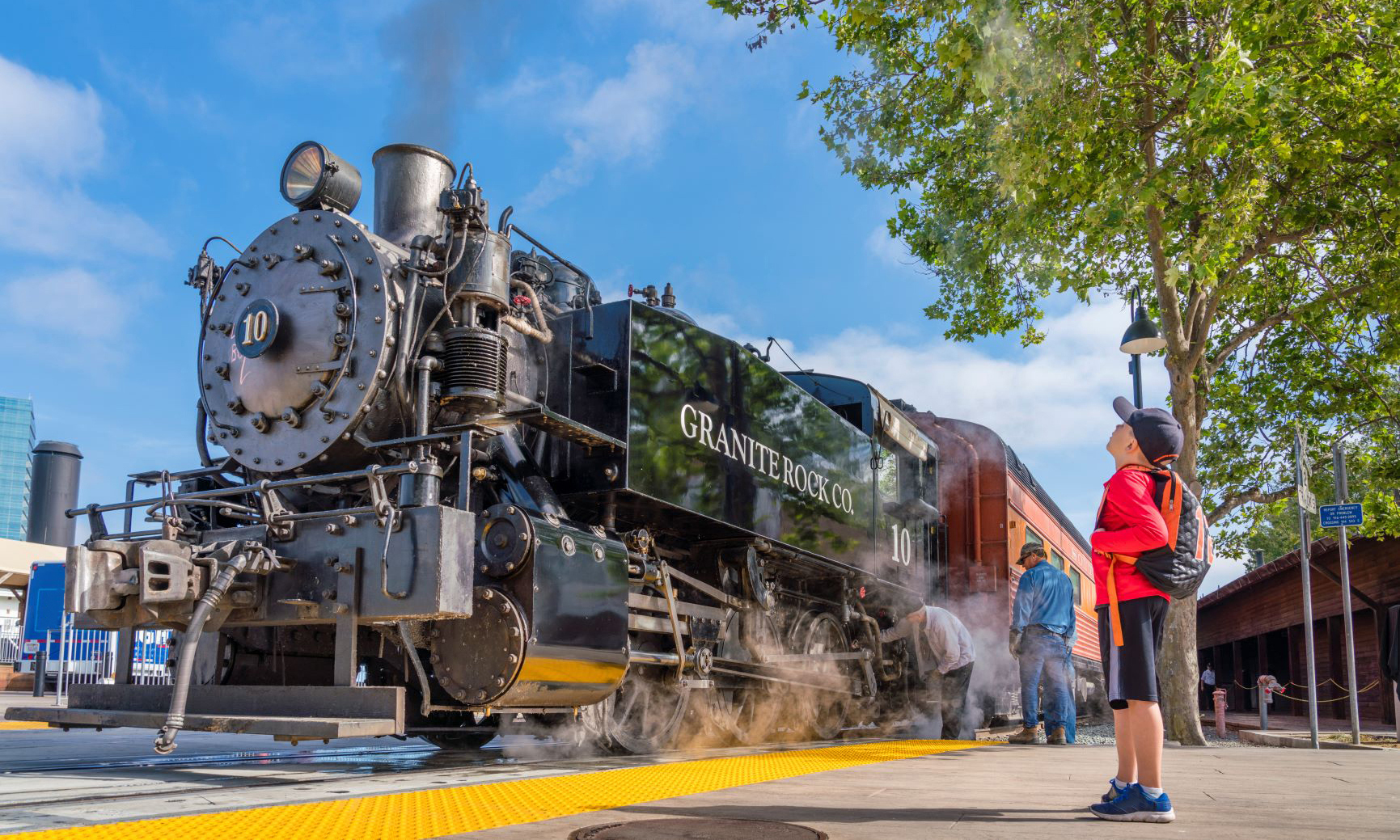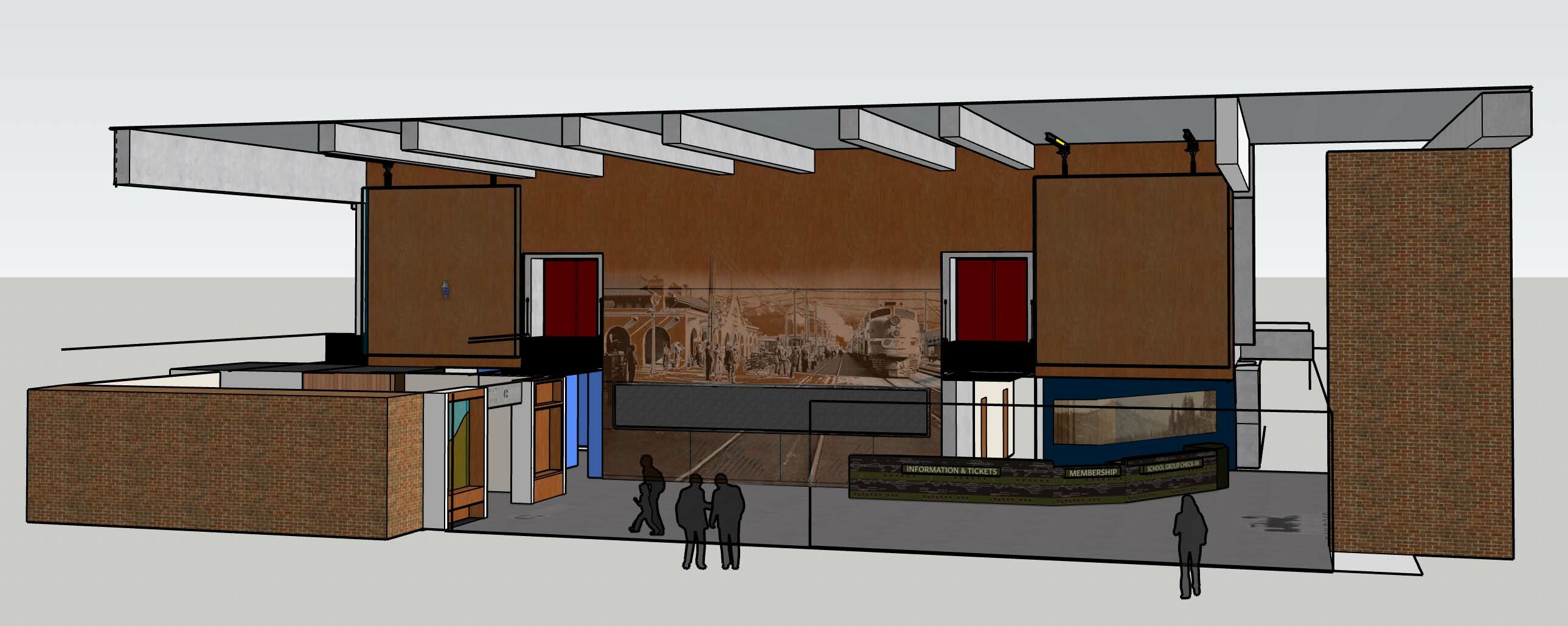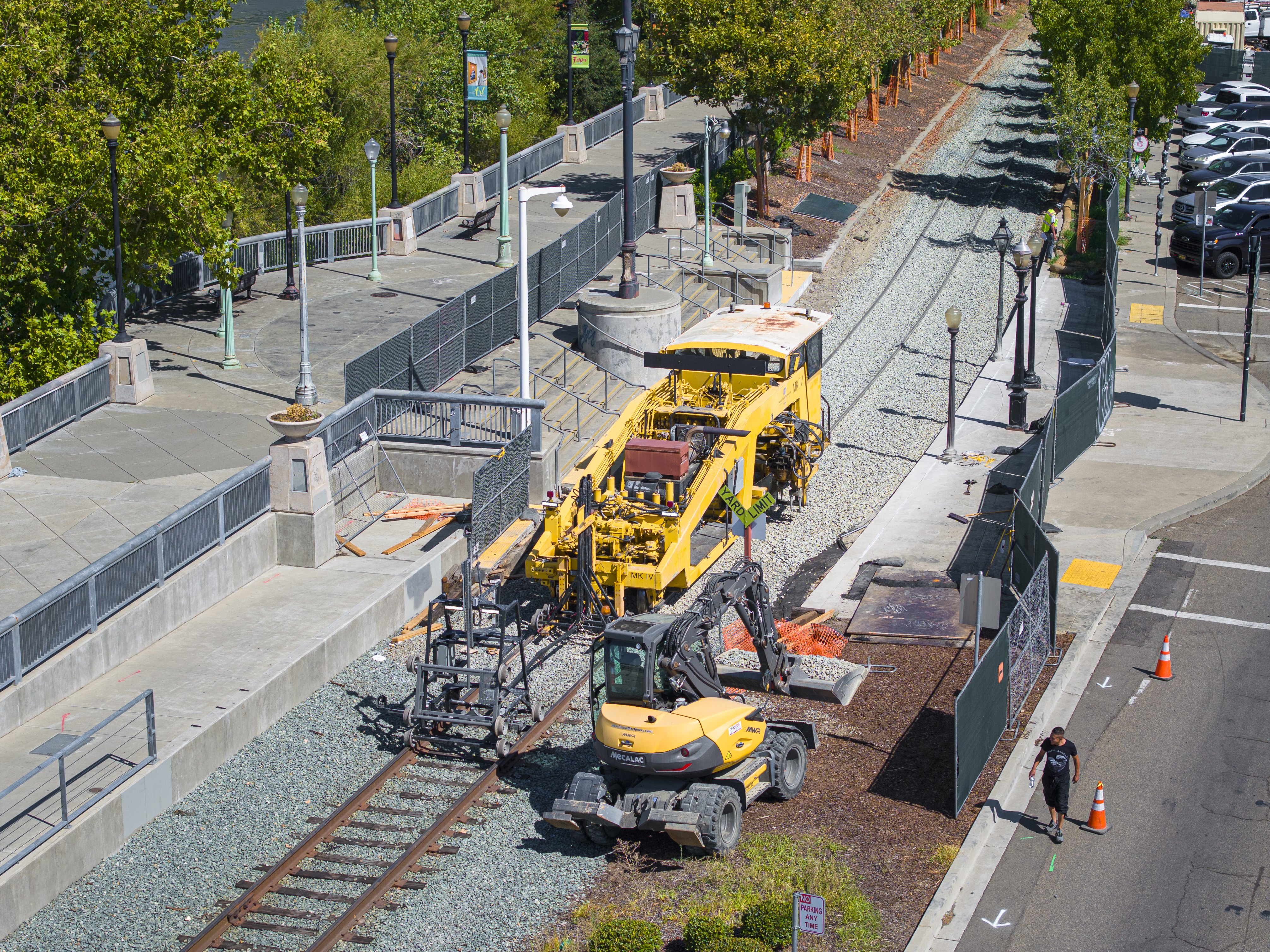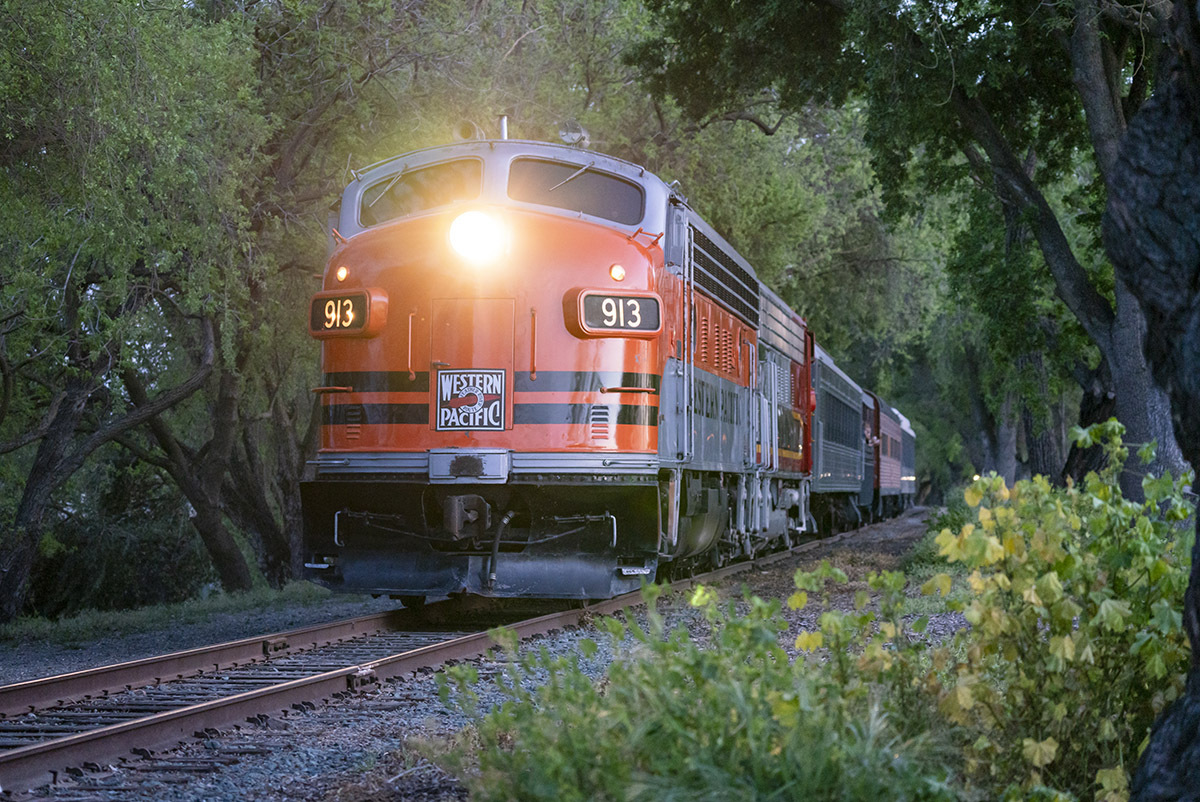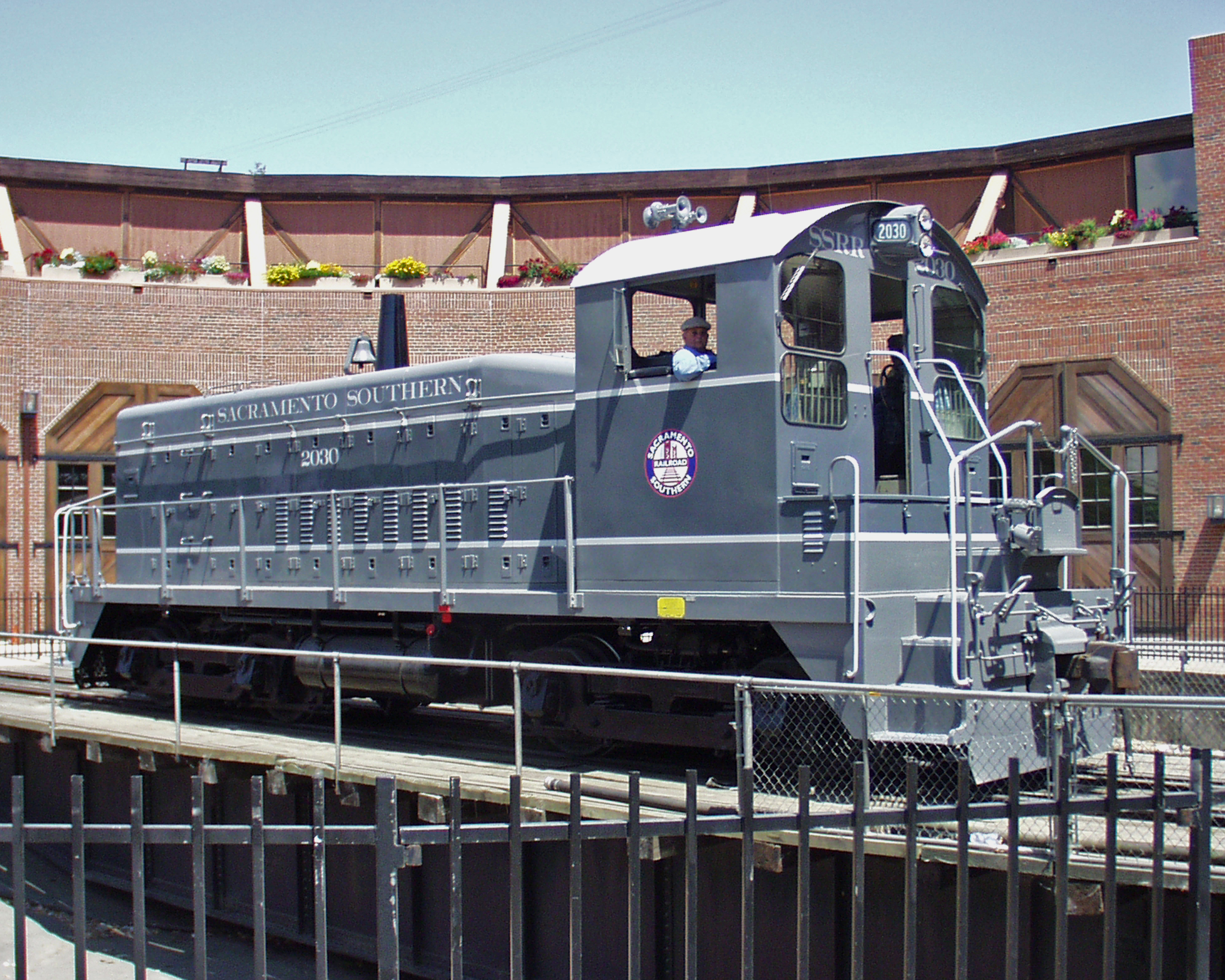With your help, Santa Fe No. 1010 will steam again! No. 1010 has a reputation for speed, being one of the locomotives that pulled the record-setting Scott Special in 1905. The special blazed from Los Angeles to Chicago in a mere 44 hours and 54 minutes. The 1010 handled the train between Needles, Calif., and Seligman, Ariz.
Now, you have a chance to help No. 1010 return to steam. Imagine this record-setting iron horse on a Sacramento Southern Railroad excursion train, or even as the star of THE POLAR EXPRESS™ Train Ride in Old Sacramento.
Several donors have stepped up with a matching fund totaling $300,000, about half the amount needed to restore No. 1010 to full operation. In the words of one donor: “My hope is that the donation I have pledged will help encourage others to join in and make this locomotive run again. … I hope to spark the imaginations of children, younger people, and adults when they see and experience the pulse of AT&SF 1010 alive and under power.”
No. 1010 was built in 1901 by the Baldwin Locomotive Works in Philadelphia. After its star turn on the Scott Special, 1010 earned its keep handling less-famous passenger and freight trains on the Santa Fe. It is believed to have been last steamed up in the mid-1950s.
Longtime fans of the California State Railroad Museum may remember No. 1010 for its role in the pageant at the Museum’s grand opening in May 1981, moving in and out of the Museum roundhouse on compressed air.
